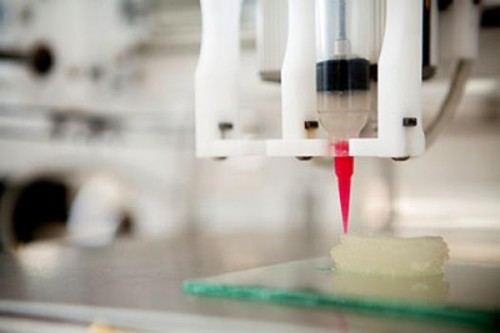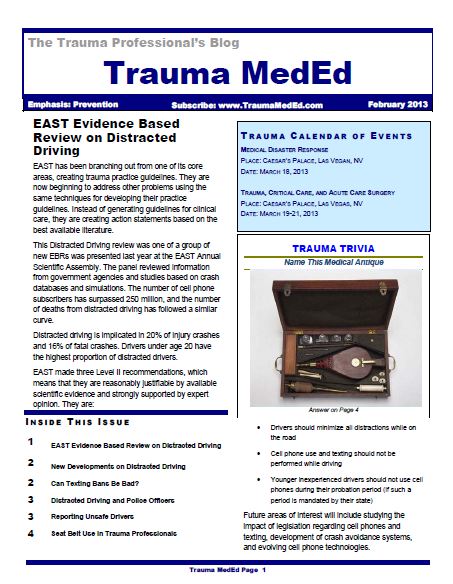I believe that bioprinting (using 3D printers to create organs, skin grafts and other stuff we need) will be the next big thing. Lots of people are working in the field now, and the printed products are getting much more sophisticated.
Tracheas and bladders have already been done. But now, how about an ear? Loss of an ear is very disfiguring and, like other injuries to the head and face, can create a fair amount of psychological trauma. Bioengineers at Weill Cornell Medical College have now printed an ear that is nearly indistinguishable from the ones we are born with.

Bioprinter creating an ear encapsulated in hydrogel.
The technique used here is a little different than others I have described. In this case, a digitized image of the subject’s other ear is used to print a “negative”, actually a mold that can create the new ear. The mold is filled with a collagen mixture (from rat tails!), and then injected with cartilage cells (from cows!). The collagen serves as a structure over which the cartilage can grow.
The whole process is fast. It takes half a day to model the mold, a day to print it, 30 minutes to inject the gel, and the ear is ready 15 minutes later. Obviously, it has no skin so must be implanted under a prepared skin area in the patient. Over a few months, the cartilage grows and replaces the collagen within the ear.
The next step is to use human collagen and cell cultures. Ideally, if the patient can be the source, there should be no chance of future rejection. Expect more advances in this technology creating more ways to rebuild our patients.
Related posts:
Reference: High-Fidelity Tissue Engineering of Patient-Specific Auricles for Reconstruction of Pediatric Microtia and Other Auricular Deformities, PLoS ONE, 2013, DOI: 10.1371/journal.pone.0056506.



